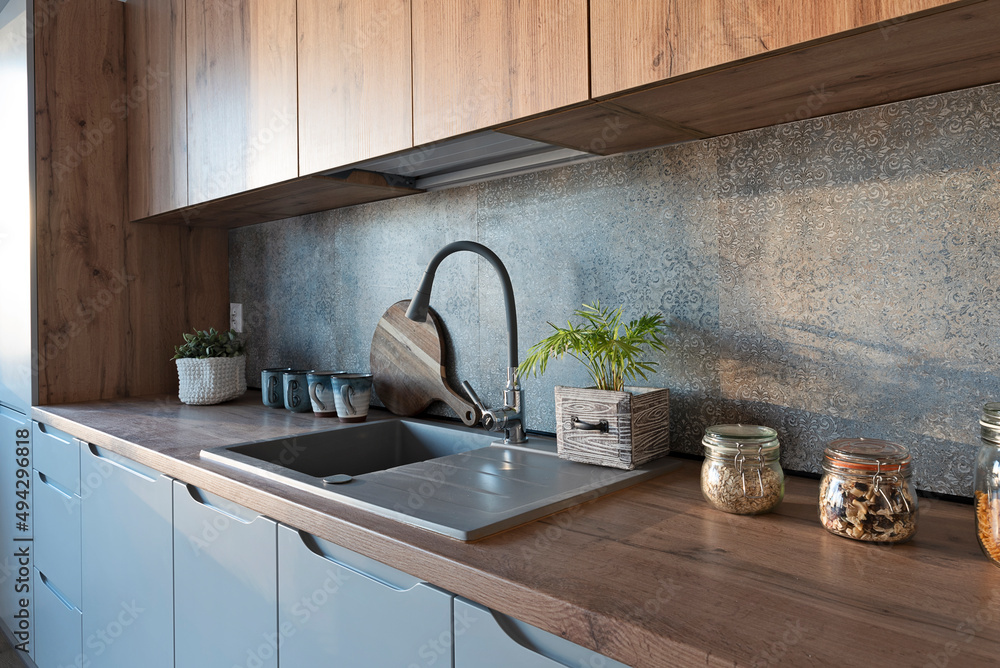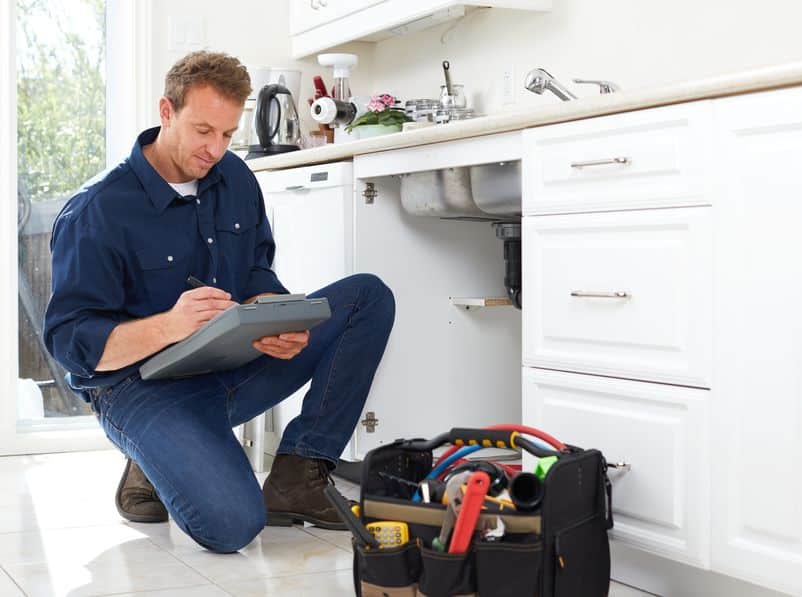The writer is making several great points related to 7 Plumbing Industry Trends You Need To Know in general in this great article just below.

Introduction
The plumbing market is going through a transformative stage driven by technological improvements and expanding concerns for sustainability and performance. This post checks out arising trends and innovations forming the future of plumbing.
Regulatory Landscape
Regulative frameworks play a vital function fit the fostering of pipes developments, with criteria and codes regulating everything from water effectiveness to item security. As technologies continue to advance, governing bodies should adjust to ensure customer defense and environmental stewardship.
Future Outlook
The future of plumbing is defined by proceeded advancement and integration with other industries such as IoT, renewable energy, and structure automation. By embracing sustainable techniques, leveraging emerging technologies, and focusing on user-centric layout, the plumbing sector is poised to deal with the progressing requirements of culture while reducing its ecological impact.
Enhanced Fact in Plumbing
Augmented Reality (AR) technology is changing plumbing by giving specialists with real-time visual advice for fixing and fixing jobs. AR-enabled smart glasses or mobile applications overlay digital details onto the physical setting, aiding plumbers picture pipeline formats, identify surprise leakages, and carry out fixings with precision.
Influence of 3D Printing
The development of 3D printing has presented new possibilities in producing pipes elements. From custom-made fixtures to elaborate pipeline installations, 3D printing allows for fast prototyping and on-demand production, lowering preparations and making it possible for better customization in pipes style.
Health And Wellness Qualities
In response to increased concerns for health and safety, pipes fixtures are including functions such as antimicrobial surfaces, touchless operation, and self-cleaning mechanisms. These developments not just improve hygiene but likewise promote individual comfort and comfort.
Hygiene-focused Fixtures
Touchless faucets, self-sanitizing commodes, and antimicrobial surface areas are becoming significantly widespread in property and business settings, decreasing the risk of germ transmission and promoting a cleaner, healthier setting.
Water Quality Monitoring
Developments in water top quality tracking innovations enable home owners to keep track of the pureness and safety of their supply of water in real-time. Smart water quality sensing units can find contaminants, pH degrees, and temperature variants, encouraging customers to take positive steps to ensure water safety.
Remote Pipes Solutions
Remote diagnostics and online support are changing the means pipes solutions are supplied. Through video clip conferencing and remote accessibility technologies, plumbers can fix issues, supply support for do it yourself repairs, and even execute remote inspections, supplying greater ease of access and benefit to homeowners.
Difficulties and Opportunities
While pipes developments hold immense guarantee, they also existing difficulties such as data privacy concerns, governing compliance, and the requirement for labor force training. Resolving these obstacles calls for partnership between market stakeholders and governing bodies to make sure secure and accountable application of new modern technologies.
Smart Pipes Systems
Integrating smart technology right into pipes systems makes it possible for remote monitoring, leak detection, and automated maintenance. Smart sensing units and IoT (Web of Things) devices permit home owners and plumbing professionals to check water use and identify problems in real-time, bring about more reliable resource management and positive maintenance.
Water Performance Solutions
With boosting emphasis on water conservation, cutting-edge remedies are being established to decrease water wastefulness in plumbing systems. High-efficiency fixtures, greywater recycling systems, and smart watering controllers are among the technologies assisting consumers lower their water footprint while preserving comfort and convenience.
Sustainable Products
The shift in the direction of sustainability encompasses pipes products, with a growing choice for green choices. Eco-friendly piping materials, such as PEX (cross-linked polyethylene) and HDPE (high-density polyethylene), offer longevity and resistance to deterioration without compromising ecological integrity.
Predictive Maintenance
Predictive maintenance strategies take advantage of information analytics and artificial intelligence algorithms to prepare for and stop plumbing concerns before they take place. By analyzing historic data and efficiency metrics, anticipating maintenance algorithms can identify patterns and anomalies, allowing positive treatments to prevent costly repair services and disruptions.
Final thought
In conclusion, the future of pipes is defined by a merging of innovation, sustainability, and user-centric design. By welcoming smart solutions, lasting materials, and proactive upkeep practices, the pipes industry can improve performance, advertise safety and security, and add to a more lasting future.
Plumbing Industry Trends You Need To Know
Smart technology in plumbing
Homeowners want to be able to manage their homes from their phones. The technology exists to make that happen. From smart toilets to leak detector devices, the whole plumbing system can be managed on an interconnected network made up of sensors, IoT devices, and machine learning algorithms.
This allows for wireless control to turn appliances on and off, automate routines, and access advanced monitoring to track water usage and flag potential issues. Smart technology streamlines water consumption, maintenance and energy usage, creating a more efficient system.
Green plumbing
The data analysis possible with smart technology not only improves convenience and cost-effectiveness but also fulfills a high-priority customer desire – sustainability. Consumers are very aware of their impact on the planet and want plumbing solutions to reduce damage and support sustainability. Eco-friendly plumbing solutions are already starting to emerge.
Customers can opt for low-flow toilets, water-saving faucets, and connections to sustainable energy sources. Beyond monitoring water consumption, customers can conserve water through the installation of greywater systems. This is a system that collects water that has been used but is still clean enough for some household uses such as toilet flushing.
Shorter product pipeline
To keep up with modern plumbing, plumbers need modern tools that enable them to complete jobs more efficiently. One technology making strides in this area is 3D printing. By 3D printing key plumbing fixtures, plumbers can reduce wait times even for specialized fixtures. It minimizes delays often seen in traditional manufacturing that frustrate customers and prevent plumbers from taking on more work.
Off-site repairs
Augmented reality is making a splash in many industries including plumbing. Plumbers can map a building online so they can explore the plumbing system through augmented reality, identifying areas of maintenance and repair completely digitally. This technology can be applied quite widely in plumbers’ work including planning installations and training new recruits. It’s safer, smarter and more efficient.
Low-footprint materials
Another way for plumbing companies to reduce their environmental footprint and meet the customer demand for sustainability is by using recycled materials in their work. The products they source and manufacture such as pipes, fixtures and faucets can be made from recycled materials. This saves the planet while being just as effective.
Onsite water purification
Additionally, plumbing companies can be advocates of water conservation and ease the financial and environmental concerns of customers by offering water purification systems. New water purification technology such as reverse osmosis systems and UV systems make it possible for homeowners and business owners to thoroughly cleanse water, removing contaminants onsite. This means the water can be safely reused in more ways than greywater can be, establishing a water recycling loop.
Tankless water heaters
Another innovation of modern plumbing is tankless water heaters. The idea is that the water is heated on demand as it runs through the system instead of being heated in a water tank. This is more energy efficient and therefore cost-effective and eco-friendly because water isn’t heated needlessly.

We had been made aware of that write-up about 7 Plumbing Industry Trends You Need To Know through a pal on another blog. I beg you take the time to promote this write-up if you enjoyed it. Thanks a lot for your time. Return soon.
Click Here
Comments on “Exposing the Next Phase of Plumbing: Developments and Breakthroughs”